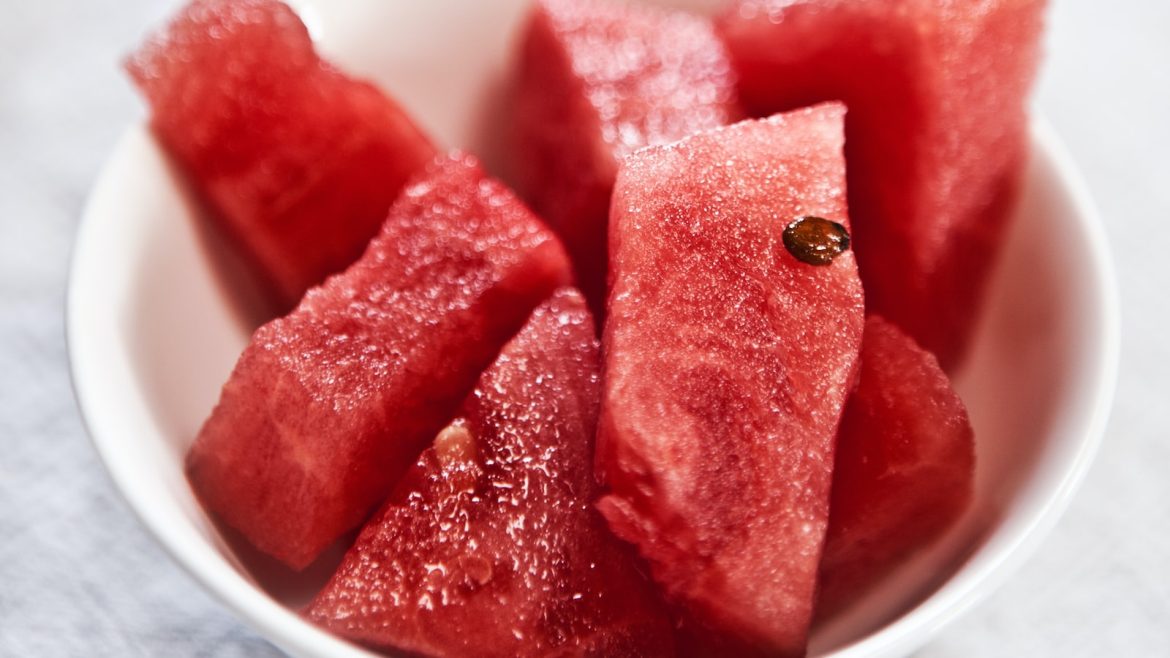As pet owners, we all want to provide the best possible care for our furry friends. From regular vet check-ups to daily walks and playtime, we do everything we can to ensure their health and happiness. However, one issue that often goes unnoticed is pet food allergies. Just like humans, our pets can develop allergies to certain foods, which can cause a range of uncomfortable symptoms. In this article, we’ll delve into the world of pet food allergies and provide some paw-some insight on how to decode them. So, grab a treat for your furry companion and let’s get started!
1. Furry Friends and Food: Understanding Pet Food Allergies
Pets are an integral part of our lives, and we want to ensure that they are healthy and happy. One of the most common health issues that pets face is food allergies. Food allergies occur when a pet’s immune system reacts to a particular ingredient in their food. This can cause a range of symptoms, including itching, vomiting, diarrhea, and even anaphylaxis.
It’s essential to understand the signs of food allergies in pets and how to manage them. Some common allergens in pet food include beef, chicken, dairy, and grains. If you suspect that your furry friend has a food allergy, it’s best to consult with a veterinarian. They can perform tests to determine the allergen and recommend a suitable diet. In some cases, a hypoallergenic diet may be necessary, which eliminates common allergens and replaces them with alternative protein sources. By understanding pet food allergies, we can ensure that our furry friends are healthy and happy.
2. Unleashing the Mystery: Decoding the Causes of Pet Food Allergies
Pet food allergies are a common concern among pet owners. It is essential to understand the causes of these allergies to prevent them from occurring. Here are some of the common causes of pet food allergies:
- Protein: The most common cause of pet food allergies is protein. Pets can develop allergies to any protein source, including beef, chicken, fish, and lamb. It is essential to switch to a different protein source if your pet is allergic to a particular protein.
- Grains: Grains such as wheat, corn, and soy are also common causes of pet food allergies. These grains are often used as fillers in pet food, and pets can develop allergies to them over time. Switching to grain-free pet food can help prevent these allergies.
- Additives: Artificial additives such as preservatives, colors, and flavors can also cause pet food allergies. It is essential to read the ingredient list carefully and avoid pet food that contains these additives.
Identifying the cause of your pet’s food allergy can be challenging. It is essential to work with your veterinarian to determine the cause of the allergy and develop a treatment plan. In some cases, a hypoallergenic diet may be necessary to prevent future allergic reactions. By understanding the causes of pet food allergies, you can take steps to prevent them and keep your pet healthy and happy.
3. Paws for Thought: Tips for Managing and Preventing Pet Food Allergies
Pet food allergies can be a frustrating and uncomfortable experience for both pets and their owners. However, with proper management and prevention, these allergies can be controlled. Here are some tips to help you manage and prevent pet food allergies.
– Read the labels: Always read the labels of the pet food you buy. Look for ingredients that your pet is allergic to and avoid them. Also, look for foods that are high in protein and low in carbohydrates, as this can help reduce the risk of allergies.
– Introduce new foods gradually: When introducing new foods to your pet, do it gradually. Start with small amounts and gradually increase the amount over time. This will give your pet’s digestive system time to adjust to the new food and reduce the risk of an allergic reaction.
– Rotate your pet’s food: Feeding your pet the same food every day can increase the risk of allergies. To reduce this risk, rotate your pet’s food every few months. This will expose your pet to different ingredients and reduce the risk of developing an allergy to any one ingredient.
– Consult your vet: If you suspect that your pet has a food allergy, consult your vet. They can perform tests to determine the cause of the allergy and recommend a suitable diet for your pet.
– Treat the symptoms: If your pet does develop an allergy, treat the symptoms. This may include giving your pet antihistamines or corticosteroids to reduce inflammation and itching. You may also need to change your pet’s diet to eliminate the allergen.
By following these tips, you can help manage and prevent pet food allergies, ensuring that your pet stays healthy and happy. Remember to always consult your vet if you suspect that your pet has an allergy, as they can provide the best advice and treatment for your pet. In conclusion, understanding pet food allergies is crucial for pet owners to ensure the health and well-being of their furry friends. By decoding the ingredients and carefully selecting the right food for your pet, you can prevent allergic reactions and provide them with the nourishment they need. Remember to always consult with your veterinarian if you suspect your pet has a food allergy and never hesitate to ask questions or seek advice. With the right knowledge and care, you can keep your pet happy, healthy, and paw-some!

